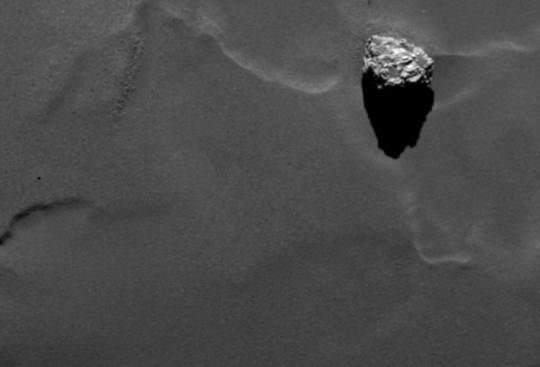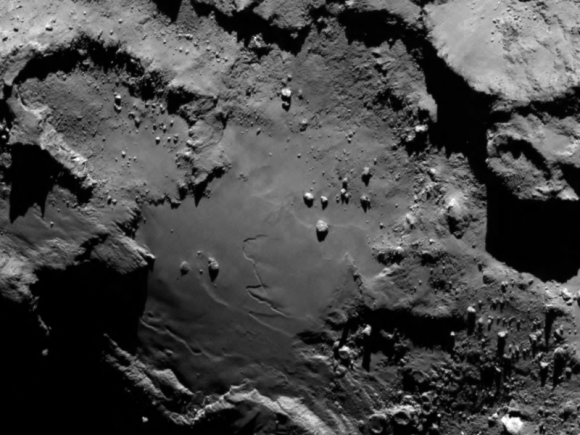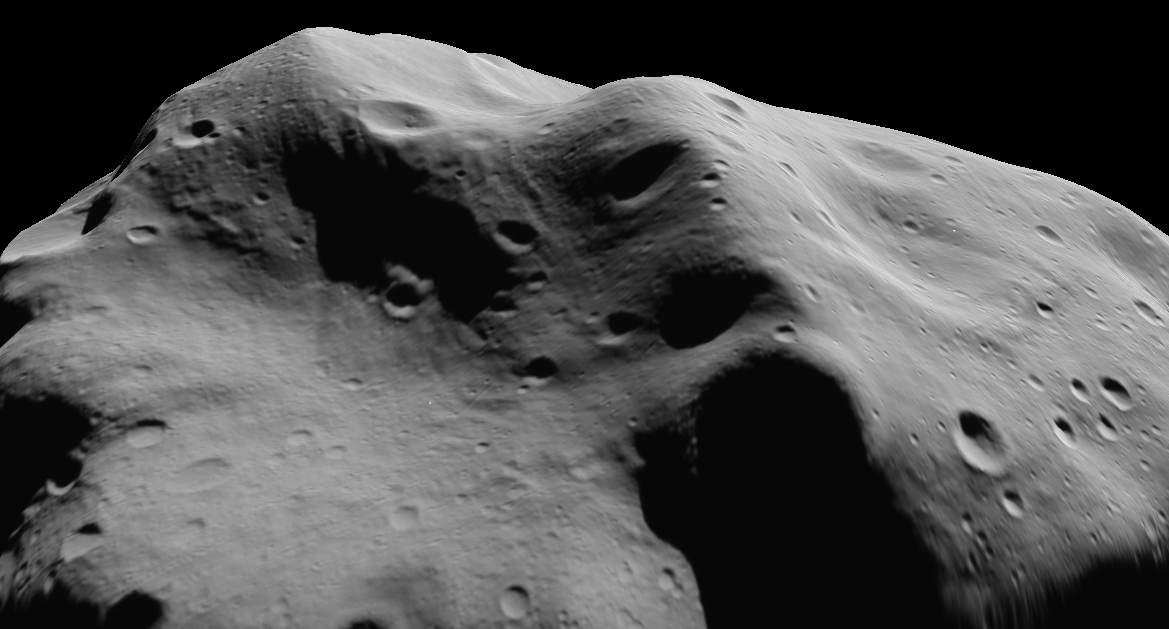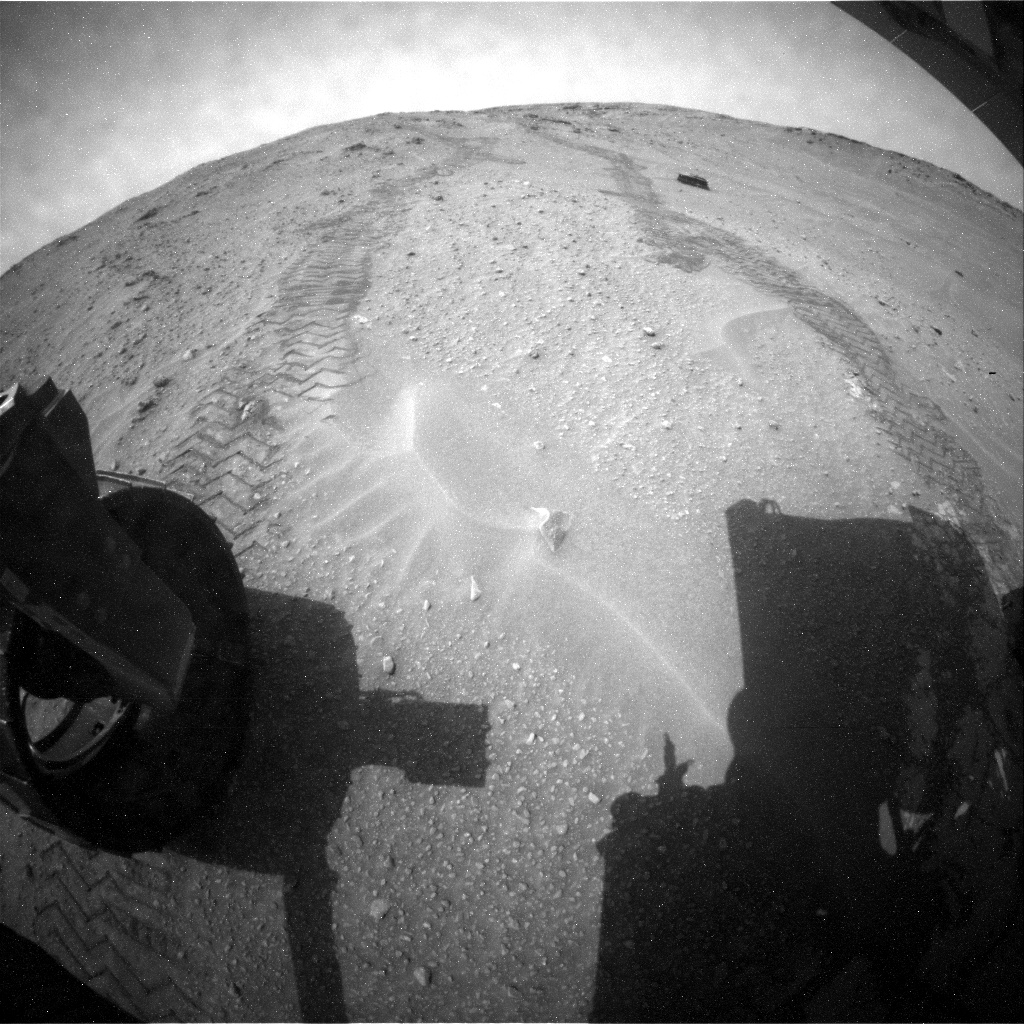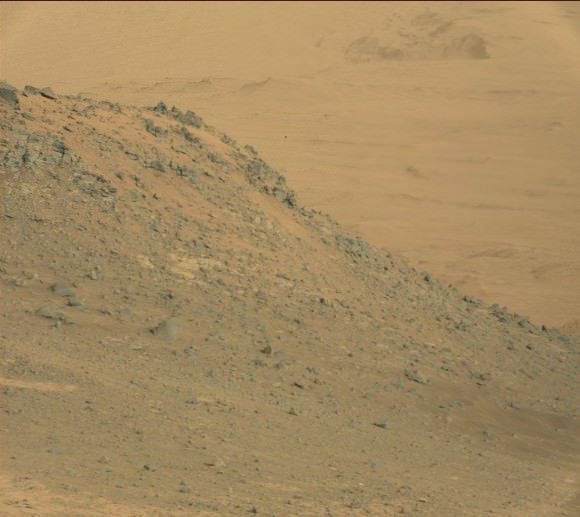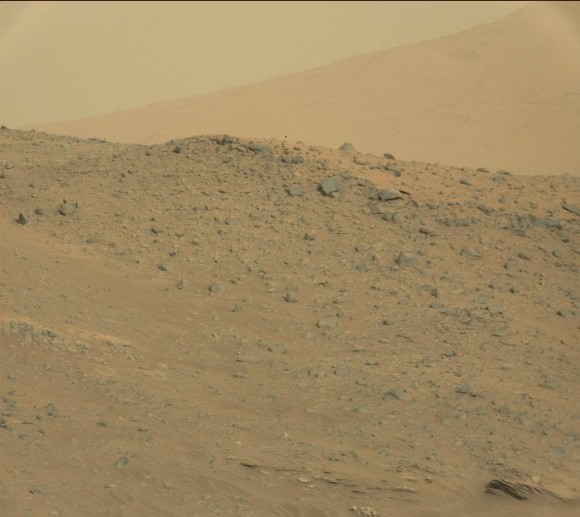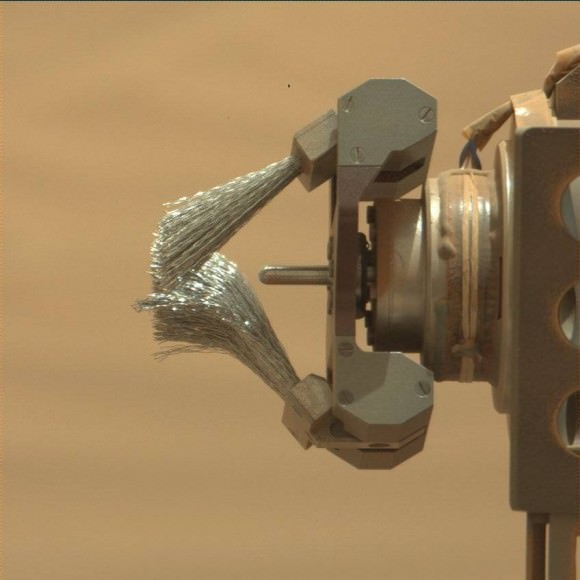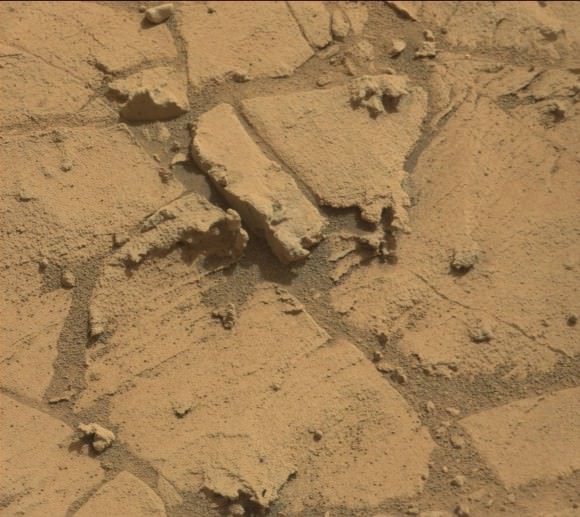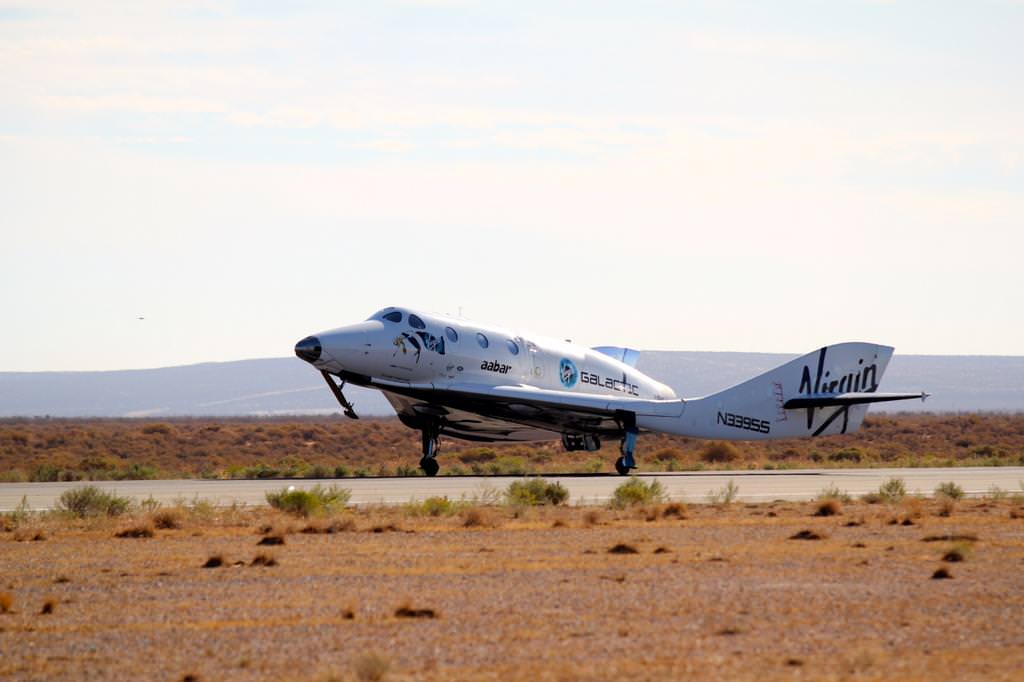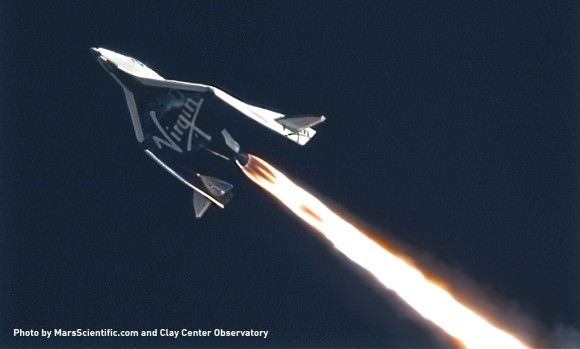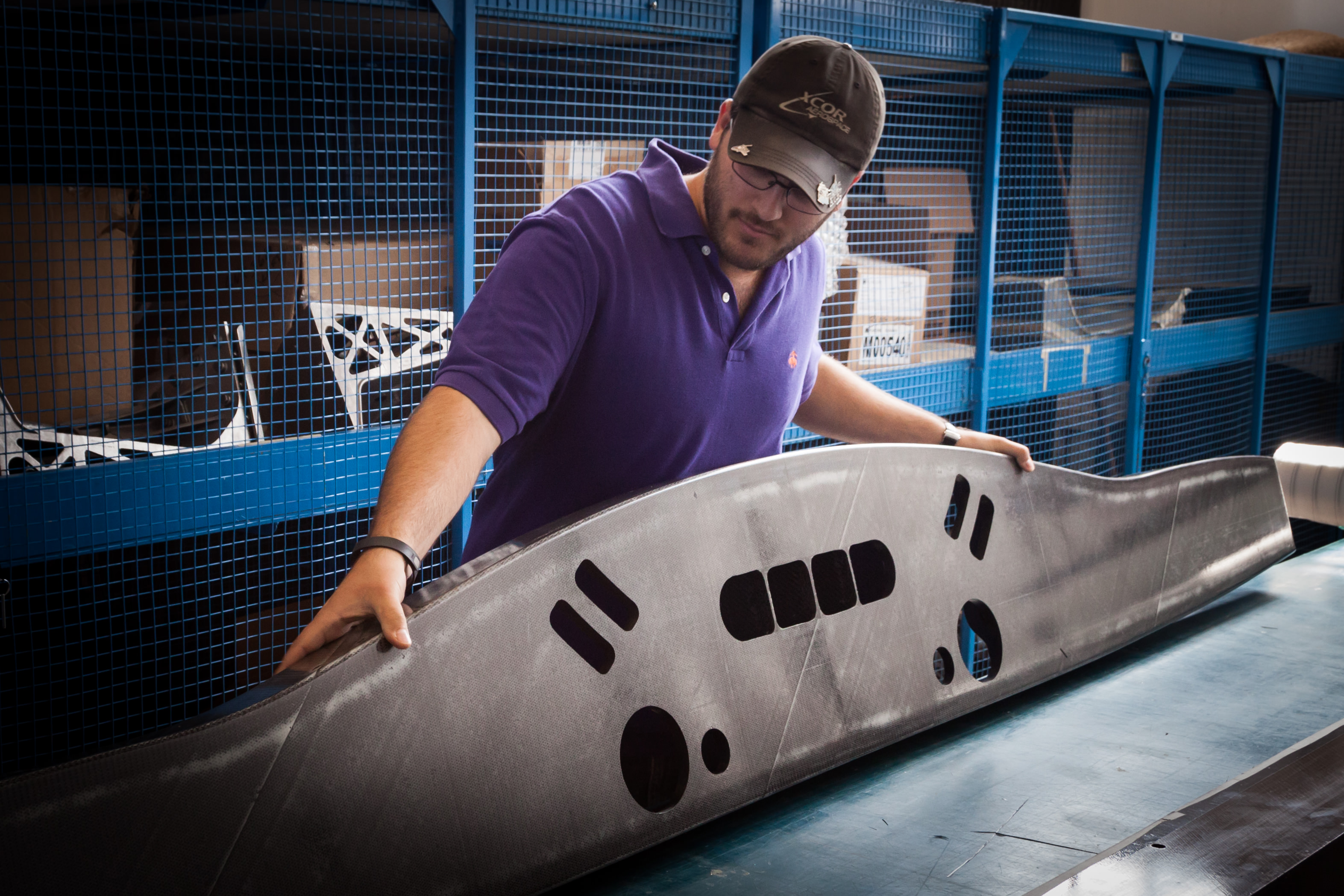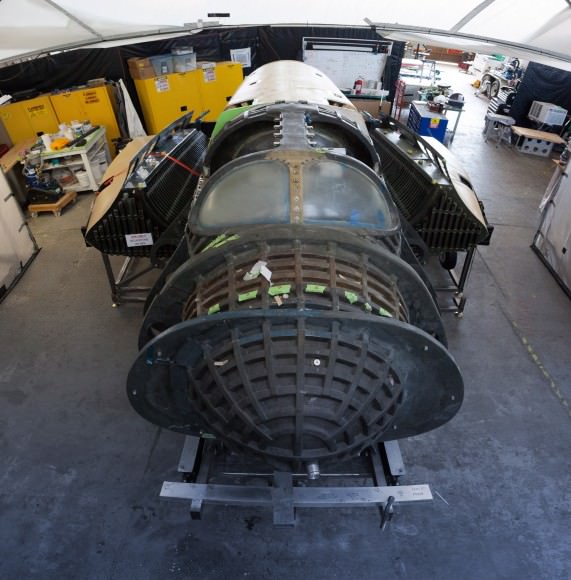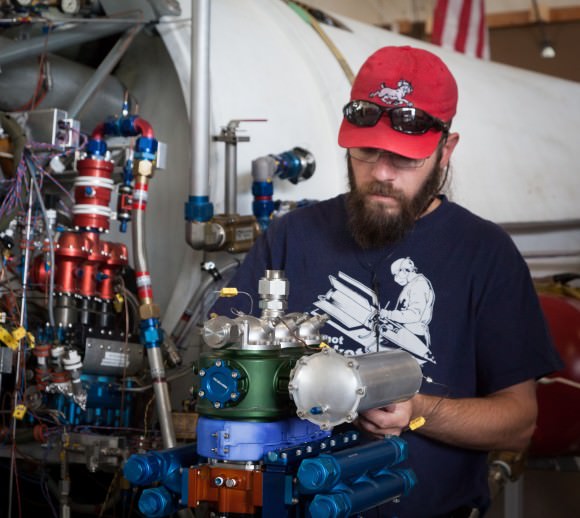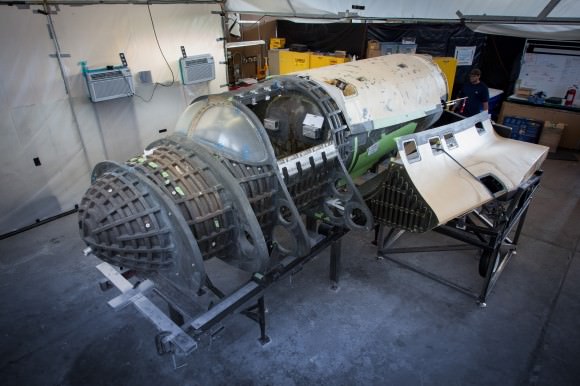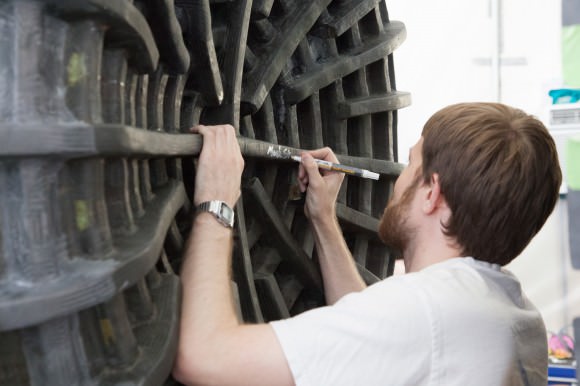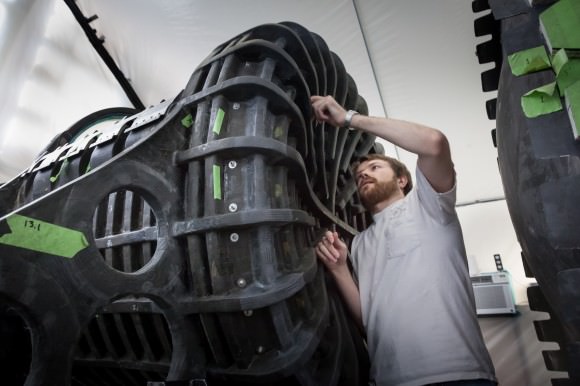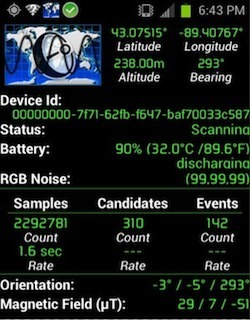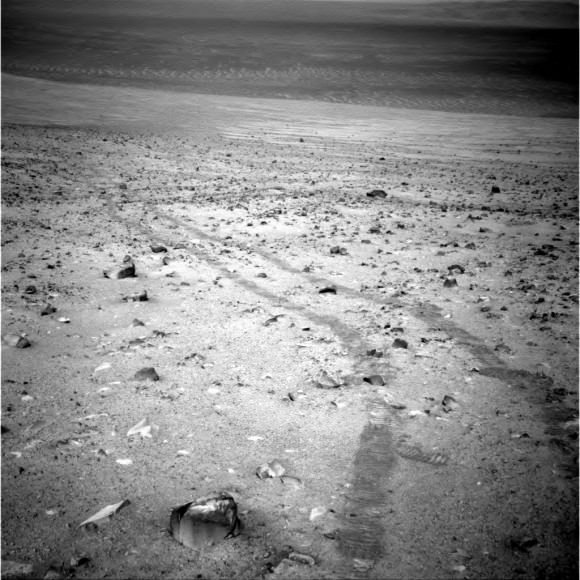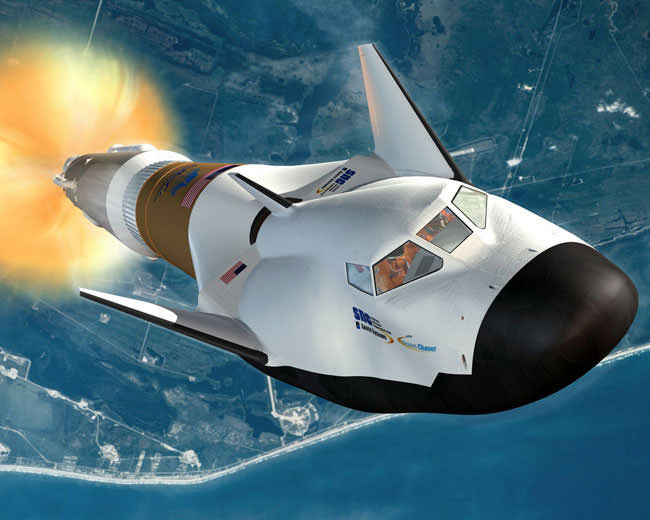A NASA spacecraft has been out of radio contact for about two weeks, but the agency is still holding out hopes for a rescue. One of the STEREO (Solar TErrestrial RElations Observatory) spacecraft stopped phoning home to Earth on Oct. 1 “immediately after a planned reset of the spacecraft”, NASA said in an update last week.
If the STEREO-Behind spacecraft can’t be recovered, this could cause a data gap in the mission next year — which is unique because it looks at the far side of the Sun. On the website, NASA didn’t say how badly solar weather forecasts are affected, but in other materials they have said both STEREO spacecraft are a crucial part of this work.
STEREO’s pair of satellites (STEREO-Ahead and STEREO-Behind) aim to better map Sun eruptions (known as “coronal mass ejections”) whose charged particles can disrupt satellite communications during solar storms. The mission has been ongoing since 2006 and they’ve viewed the far side of the Sun since 2011. What caused one of them to stop talking to us is unknown, but NASA said recovery attempts are ongoing.
The satellites’ orbits around the Sun are similar to the Earth’s, but one circles a bit faster and the other a bit slower. Next year, geometry (a solar conjunction) means the Sun will block our view of one of the spacecraft at a time. As NASA explained in a July update, “radio receivers on Earth will not be able to distinguish STEREO’s signal from the sun’s radiation.”
This is affecting the mission in two ways. First, there is a period where the antennas on the spacecraft must be repositioned to avoid getting cooked by the Sun. Some data will flow, but it will be in lower resolution. STEREO-Ahead entered this period on Aug. 20, and STEREO-Behind was supposed to send high-resolution data until Dec. 1.
Then there’s a time when each spacecraft will be completely blocked by the Sun. STEREO-Behind was supposed to enter this period from Jan. 22 to March 23, 2015, with its twin still collecting data at this time. But then will come a period where STEREO-Ahead will be out of contact: March 24 to July 7, 2015. If STEREO-Behind can’t fill in for STEREO-Ahead at this time as planned, a data gap could loom.
Lower-resolution data is then expected from STEREO until 2016, when the geometry means the spacecraft can safely reposition their antennas. While these aren’t the only sun-gazing spacecraft — real-time data is still flowing from the Solar Dynamics Observatory (SDO) and the Solar and Heliospheric Observatory (SOHO) — NASA has said that the lower data rate and losing contact with one STEREO spacecraft next year will be difficult for solar forecasting.
“Lack of STEREO observations used in NASA research models will severely limit the forecasting of solar storms throughout the solar system,” the agency said in a July Q&A about the 2015 data losses.


